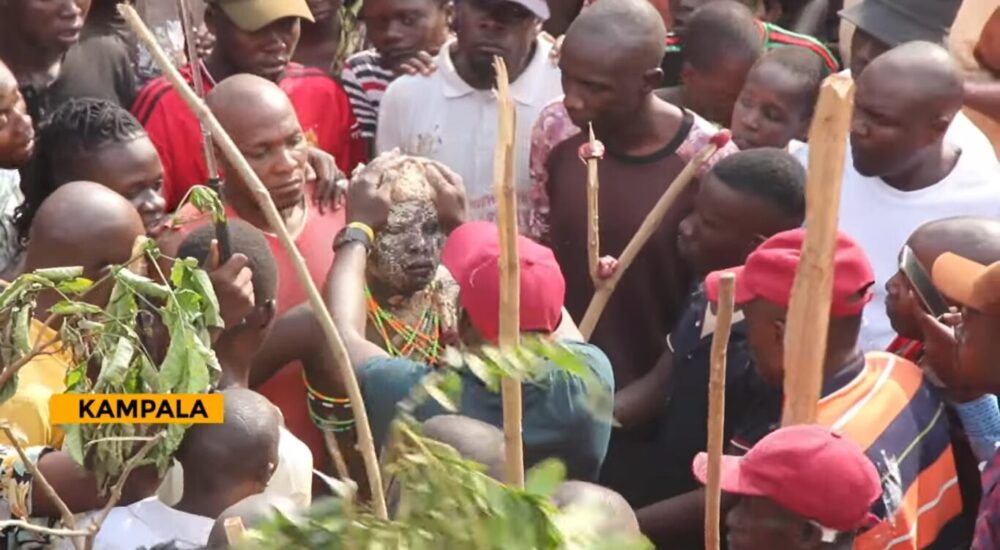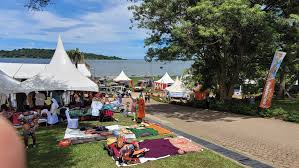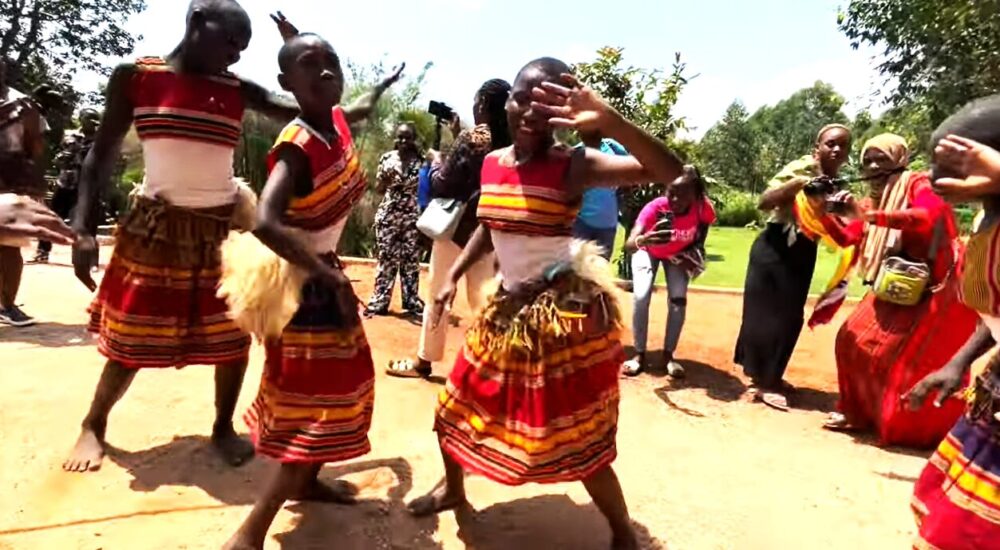The Imbalu Circumcision Ceremony is more than a ritual; it is a profound cultural rite…
Kabaka’s Lake Kampala Uganda.
Kabaka’s Lake Kampala Uganda.
Built by the 52 clans of the Buganda Kingdom between 1885 and 1888 during the reign of Ssekabaka Mwanga 11, Uganda’s biggest man-made lake, Lake Kampala, is located near Kabaka. It was the King’s intention to build a canal large enough to take his boat to Lake Victoria, where he could swim, fish, and relax in his second palace on Mulungu hill, close to the lake. If there were to be an armed battle with the British, the canal might potentially be used as an escape waterway.
Unfortunately, the religious conflict that broke out in the kingdom on August 2, 1888, unexpectedly disturbed and halted the building of the canal before it could reach Munyonyo.
Today, the lake is a significant conservation site, with an area of around two square kilometers and an average depth of about 200 feet. It is home to several water bird species.
Most people see Kabaka (King) Danieri Basammula-Ekkere Mwanga II, Mukasa as a cruel ruler due to his role in the deaths of the Uganda Martyrs, who are known across the world. Located in Rubaga, a few kilometers outside of the city center, the tranquil Kabaka’s Lake was the brainchild of Ssekabaka Mwanga.
![]()
It stands against the background of one of Kabaka’s royal palaces, the Rubaga Miracle Centre, and St. Lawrence University. Being one of the longest-surviving man-made lakes in Africa, it is also one of Uganda’s.
It is believed that the King enjoyed swimming, fishing, and other sports, and that anytime he want to partake, he would be conveyed almost 11 kilometers from his palace in Luburiri to his palace in Mengo. He had the brilliant idea of building a waterway to connect the two palaces one day as he was on his way.
He planned to build a waterway connecting his palaces in Lubiri and Minyonyo via Lake Victoria. Ssekabaka Mwanga departed when his first palace burned down during construction. He thus sought refuge at Nalukolongo with the missionaries. After that, he traveled to the Munyonyo Palace that Ssekabaka Muteesa had constructed.
Upon completion of Twekobe, the monarch returned to Munyonyo, but he still made infrequent visits to the palace there since he disliked it. So, he set out to find a faster way to get from Lubiri to Munyonyo. Then he issued a decree compelling his people to excavate the lake, saying that the region was rich with springs.
The Ssekabaka Mwanga demonstrated leadership by joining his followers in the digging. This occurred because the parish leaders and princes and princesses declined to take part in the digging in observance of the fast. In addition to being an accomplished link builder, the King enjoyed swimming and fishing. In the eleven months while the digging took place, many people died from exhaustion, starvation, accidents, and illnesses.
But in1888, a revolt of Christian converts brought the effort to an unexpected and violent stop. The lake level has been relatively constant since 1888, when it reached Najjanankumbi, which is 2km away from the Mengo Palace. After that, the basin shrank, and the lake itself has remained mostly unchanged.
In addition to the rich culture and fascinating history associated with Kabaka’s Lake Kampala-Uganda, the lake itself is a popular destination for relaxation seekers.


